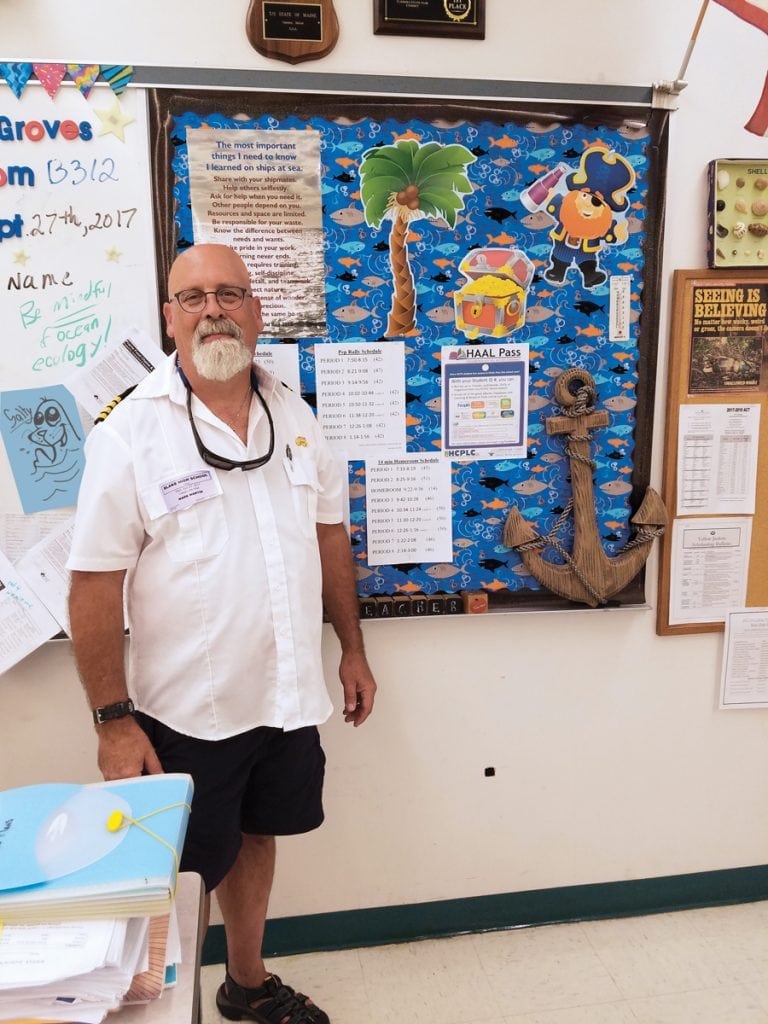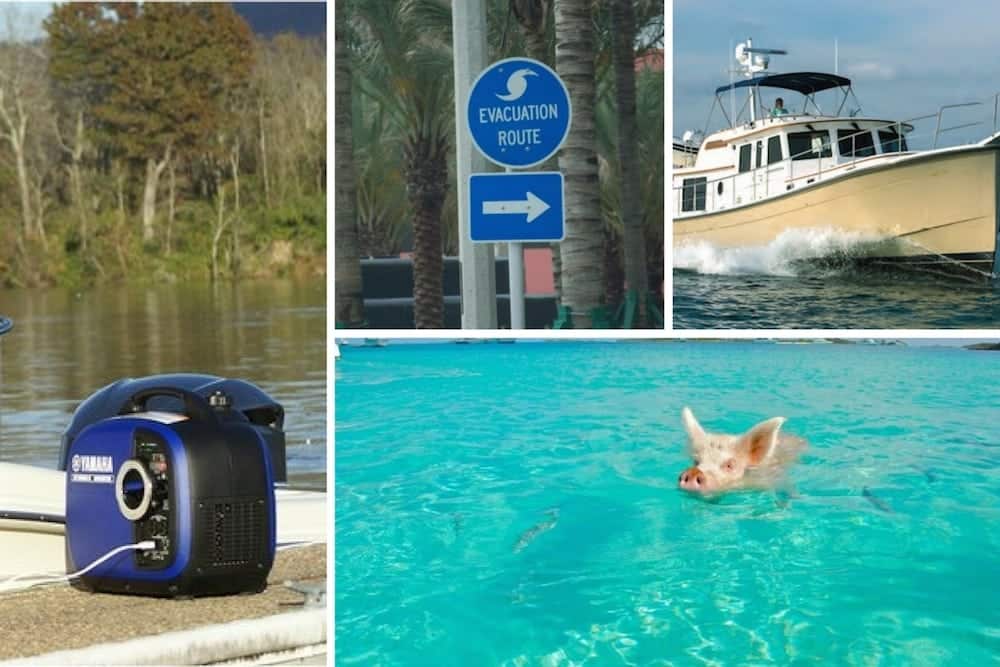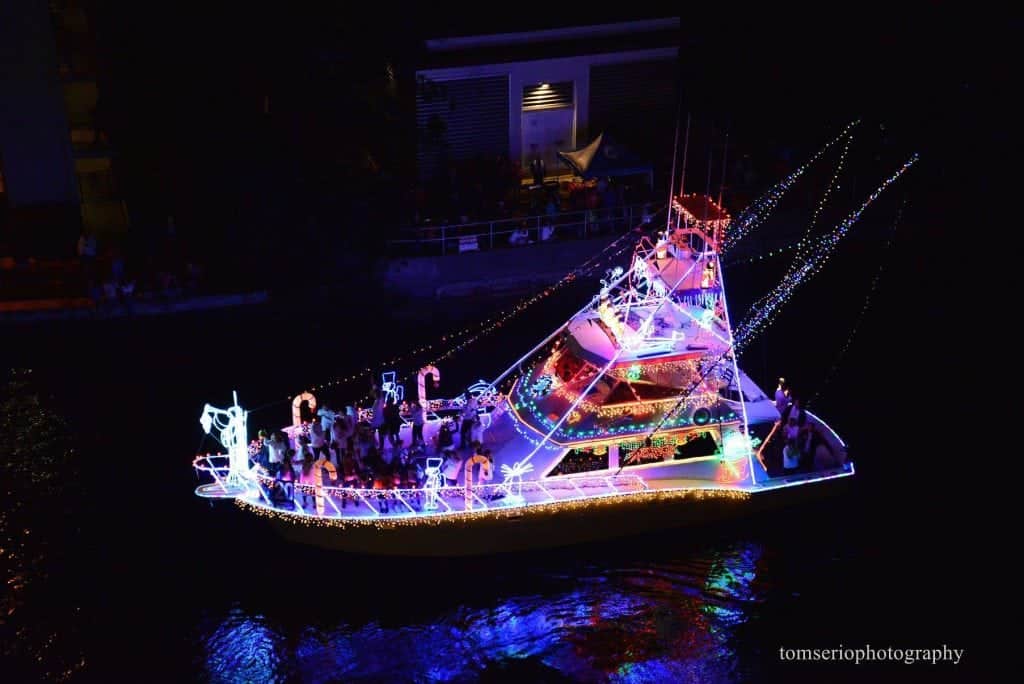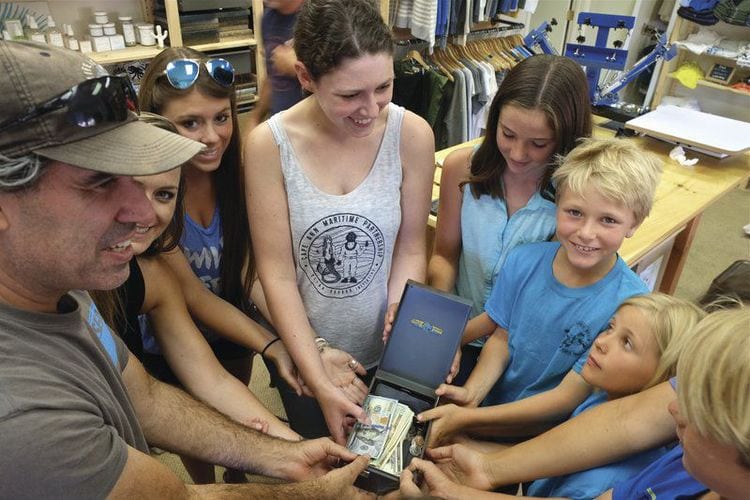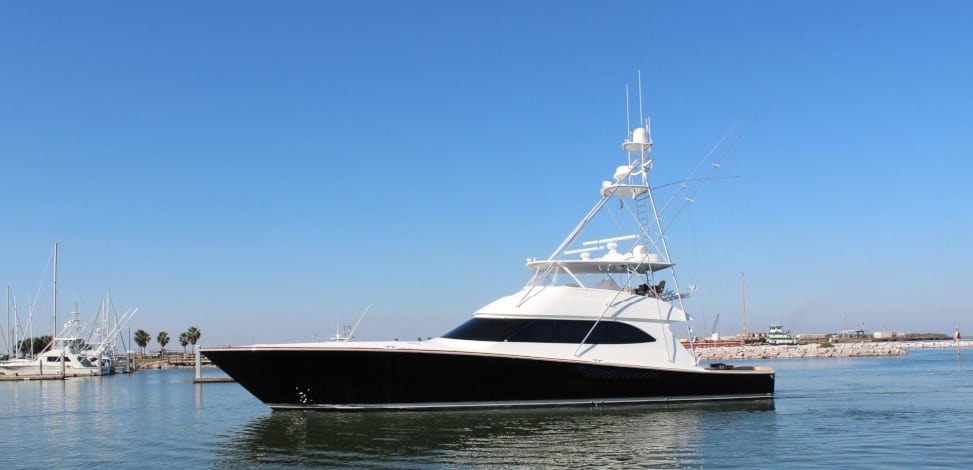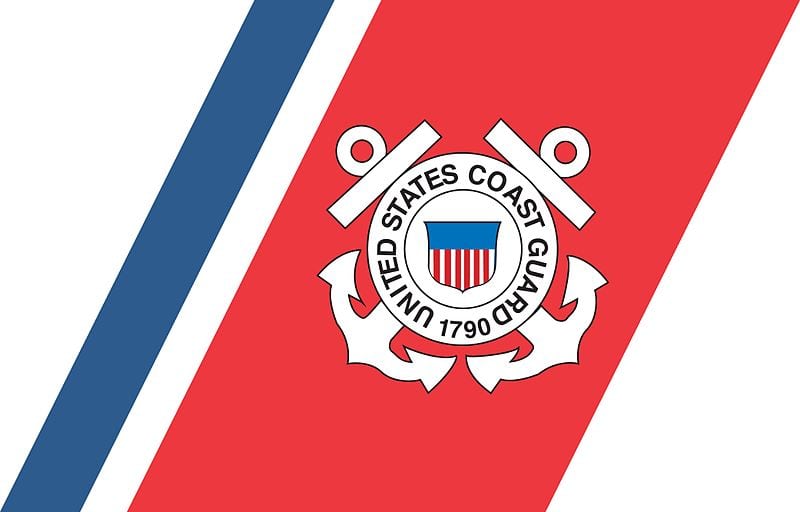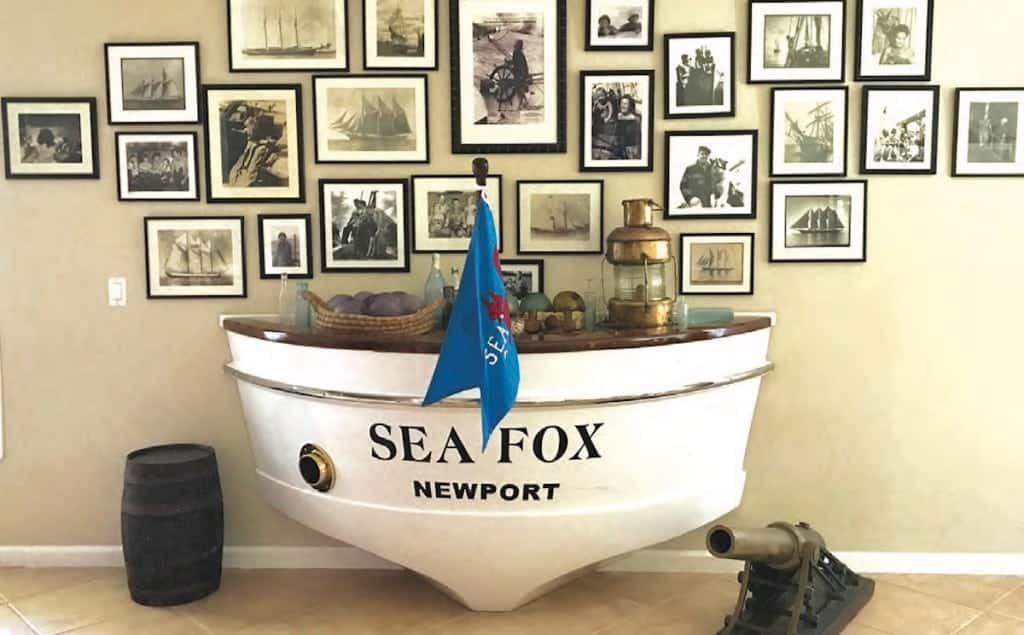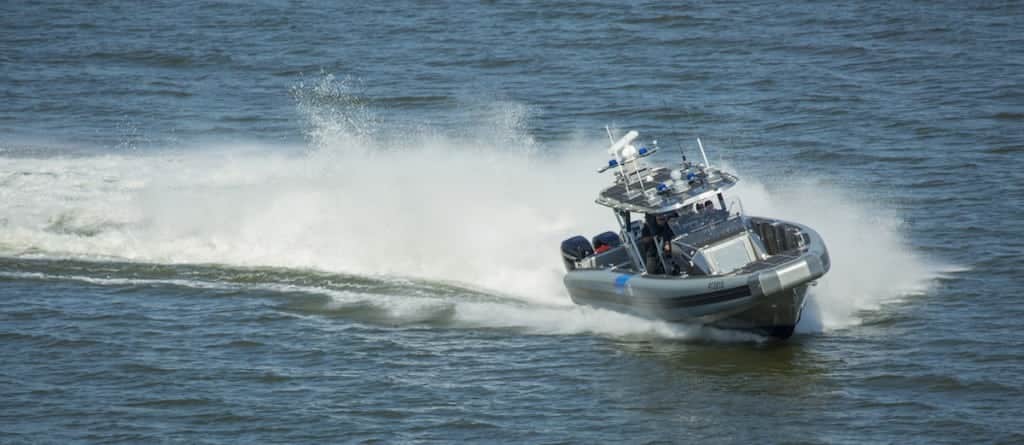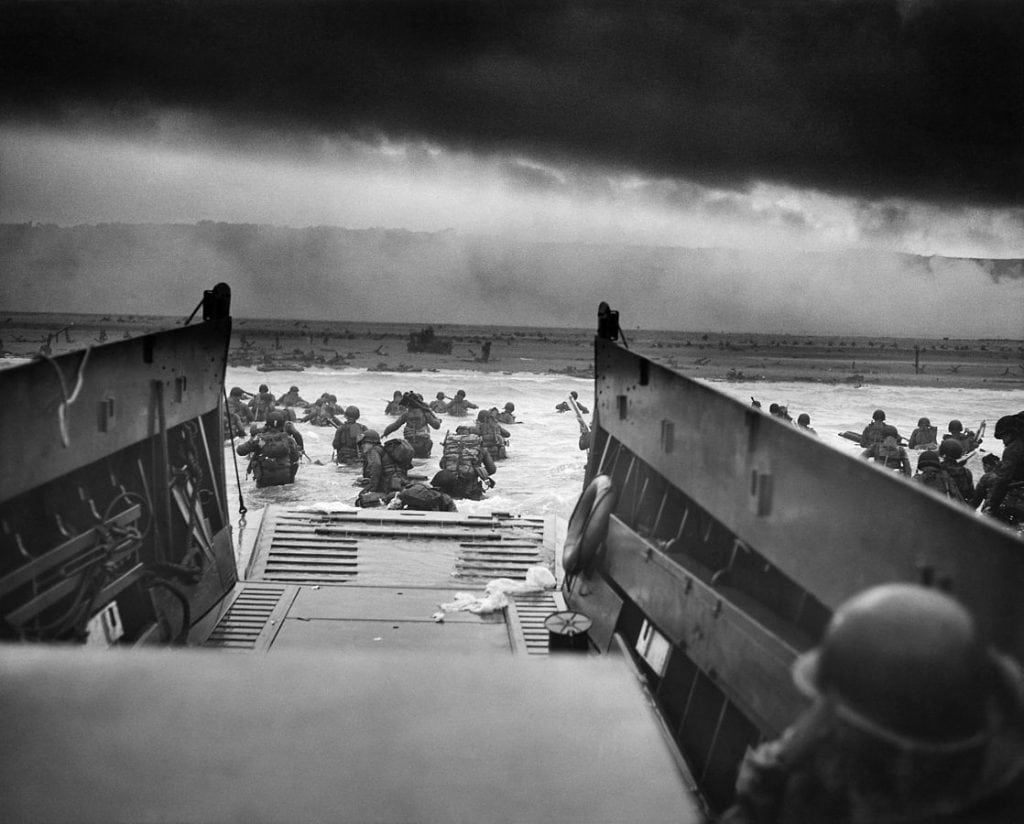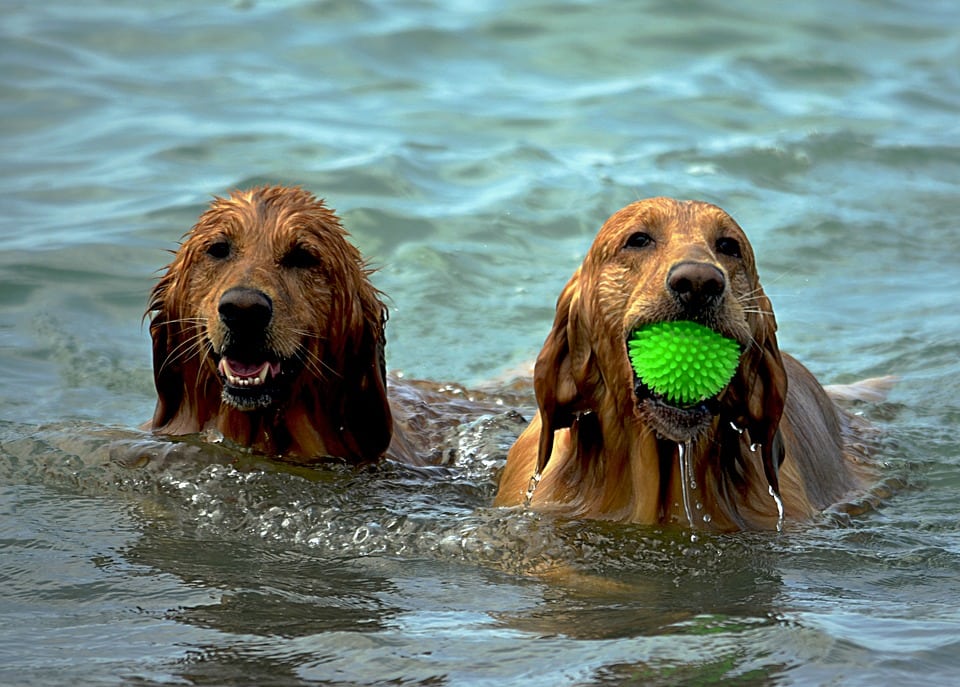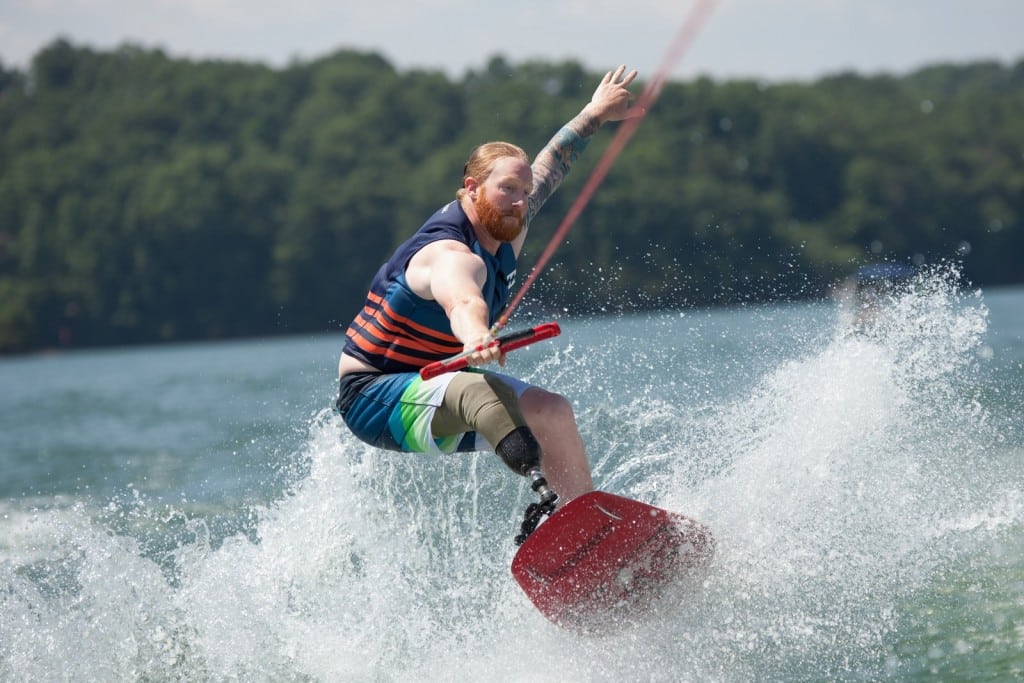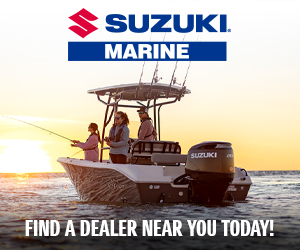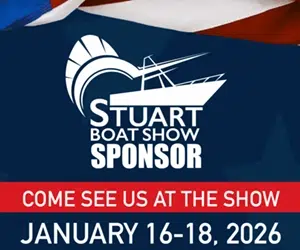People
Browse through interviews that peek into the lives and careers of those in the boating industry. Interviews with marina owners, boat builders, and event coordinators can be found here.
Kayakers set record
From Cuba to Florida: Kayakers set a record for non-stop paddle Yesterday, (May 29th) American kayakers Andy Cochrane, Wyatt Roscoe and...
Read moreDetailsGiving Back in the Marine Industry
Some see the need, open their hands and provide. Read about three people giving back to the marine industry. In...
Read moreDetails2017 Top Ten
See ya later, 2017. Bring it on, 2018! It was a great year for the marine industry—and for Southern Boating....
Read moreDetailsBoat Parades and Photo Contest
'Tis the season for boat parades! While most major boat parades have passed, it is time to reflect on the...
Read moreDetailsKids Donate for Marina Trash Skimmer
When life gives you lemons, make lemonade, and buy a Marina Trash Skimmer. That’s what a savvy and environment-conscious group...
Read moreDetailsViking Veterans
Today we would like to mark Veterans Day with celebration, honoring America's veterans for their patriotism, love of country, and...
Read moreDetailsFallen Heroes Fund
As mentioned in the October 2017 issue of Southern Boating. This video provides more information on the Fallen Heroes Fund and...
Read moreDetailsSea Fox Restoration
The Salvation of Sea Fox: When a yacht restoration became too costly, an enterprising couple cut down the project — literally....
Read moreDetailsWho is Joe Pelican?
The iconic pelican celebrates his 45th birthday as the grandkids of Southern Boating’s founders fondly recall the origin of the company’s...
Read moreDetailsWater Protectors
Honoring our Water Protectors Join us in honoring the many men and women who serve our country, protect our waters and...
Read moreDetailsHow Higgins won the War
Small, Fast and Furious: The freedom of the world depended on this one thing. Higgins. Much of history, including that...
Read moreDetails45 Years..and counting!
September marks a special time for Southern Boating. We turn 45 years old, and we couldn't be happier to still...
Read moreDetailsYour Guide to Summer Boating with Dogs
Summer boating with dogs Summertime, and the boating's easy... Well, maybe not easy per se, but we'll help try to...
Read moreDetailsWATCH: An epic Arctic Journey
Last week, I sent an email asking for entries into our summer photo contest. All submissions were great, but one caught my...
Read moreDetailsWake for Warriors
Nautique announces a new partnership with the Wake for Warriors non-profit organization. Wake for Warriors and founder David Deep, come...
Read moreDetails


